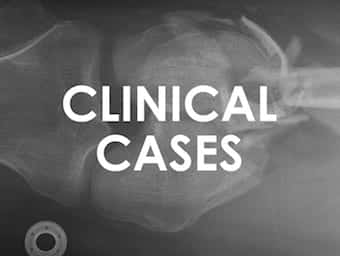
Trauma! Major Haemorrhage
The Trauma! series rocks on... Finally we get to major haemorrhage. This Q&A post tackles the resuscitation of the exanguinating trauma patient.

The Trauma! series rocks on... Finally we get to major haemorrhage. This Q&A post tackles the resuscitation of the exanguinating trauma patient.

You may have recently seen news stories about Vespa mandarina “terrorizing” parts of China. What is interesting about this species is that due to their size, their venom has significant effects in addition to the typical hymenoptera anaphylaxis. Yes, most…

A Q&A guide to the assessment and management of penetrating abdominal trauma, including stab wounds, gunshot wounds and different regions of the abdomen.

Welcome to the 348th LITFL Review! Your regular and reliable source for the highest highlights, sneakiest sneak peeks and loudest shout-outs from the webbed world of emergency medicine and critical care. Each week the LITFL team casts the spotlight on…

A Q&A approach to the decision making in the emergency management of blunt abdominal trauma. Do you know when to go straight to the operating theatre, the CT scanner or to hold FAST... What if you suspect a coexistent pelvic fracture or traumatic brain injury?

You don’t want to experience a tusker in the bush at 6 in the morning. They’re large, dangerous creatures that can be quite aggressive. This study takes a look at 14 human fatalities in West Bengal between 2007 and 2010.…

A man has been stabbed near his right clavicle. Is his chest x-ray normal? What needs to be done?

Last October, a report of death by loxoscelism was reported in Annals. It’s a sad story about a previously healthy 3 year old girl who was bitten by a witnessed brown recluse in Tennessee. She went to a rural ED,…

A Q&A overview of the assessment and management of a sometimes neglected area of major trauma: genitourinary injuries.

Heat illness needs fast treatment, and to accomplish this many EMS agencies carry chemical cold packs. These are convenient in that they have long shelf lives, don’t require cold storage, and don’t leak or drip fluids. According to this article,…

Professor Michael Pinsky. Giant of North American and International Intensive Care research and practice. Jellybean 99 and CICMxJB 7

A Q&A overview of abdominal injuries resulting from major trauma. Can you recognise and manage the common and important abdominal organ injuries in the ED?